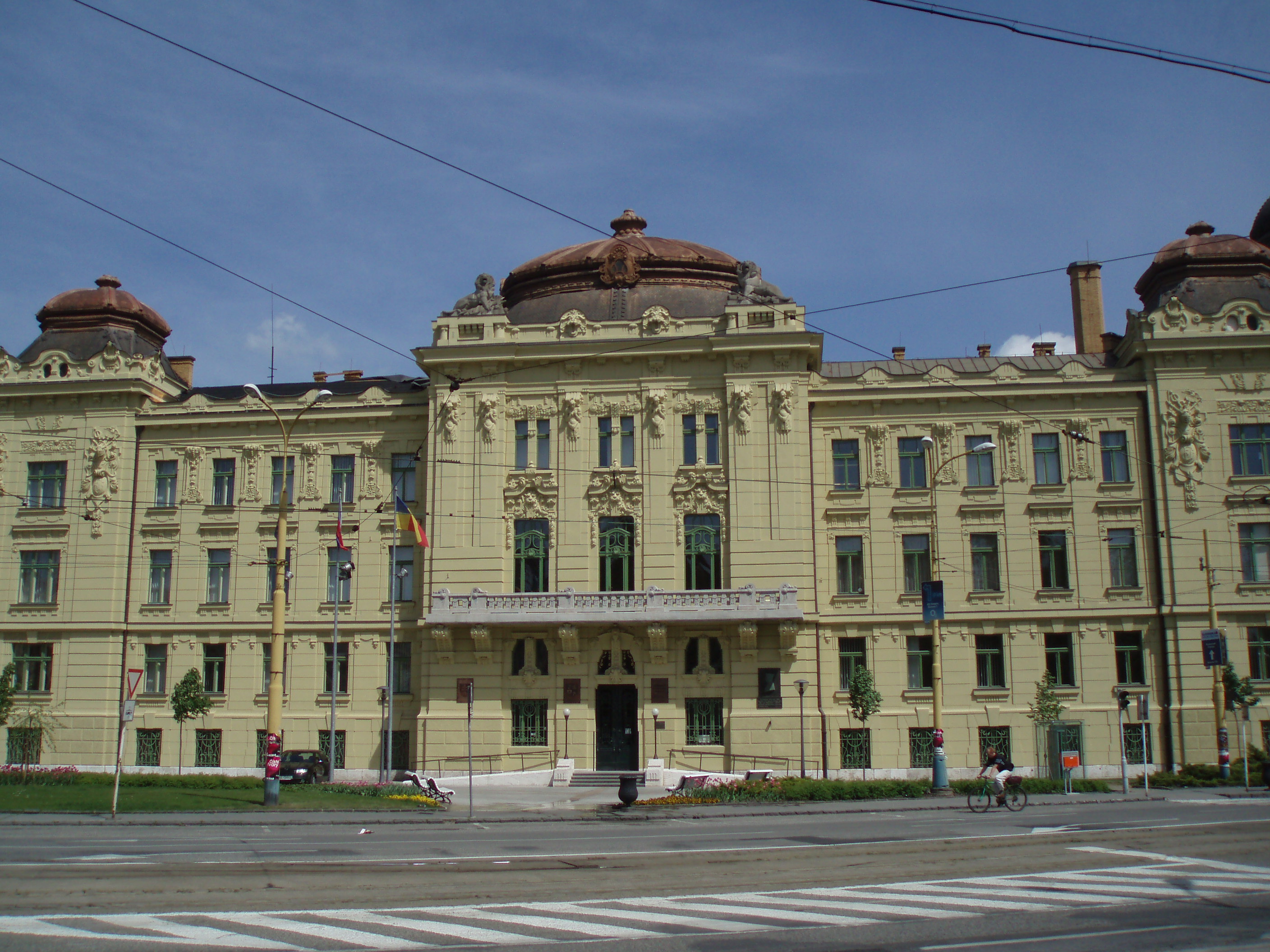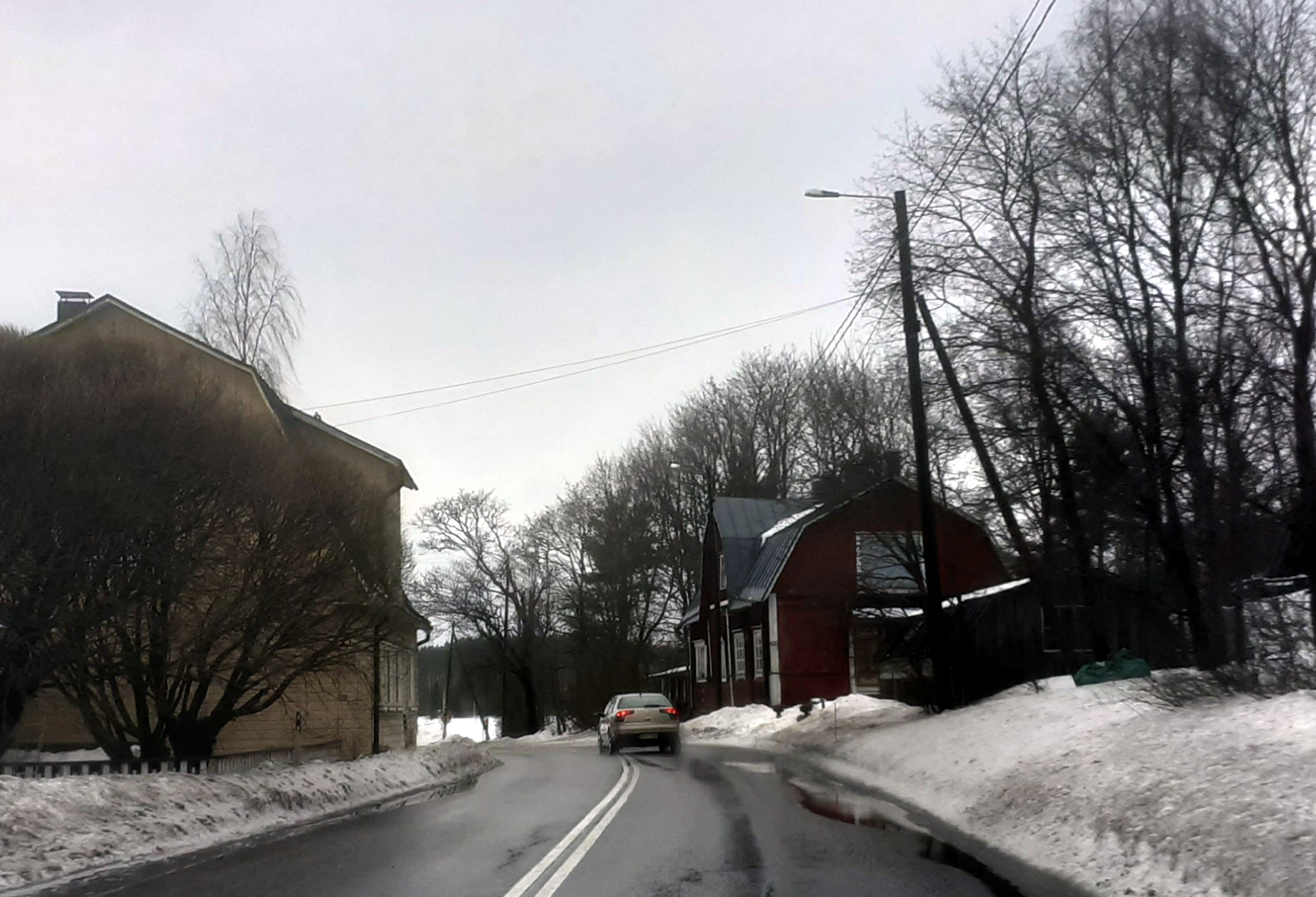|
Kostoľany Nad Hornádom
Kostoľany nad Hornádom ( hu, Hernádszentistván) is a village and municipality of Košice-okolie District in the Košice Region of eastern Slovakia, about 10 km north of the city of Košice. History In history, historical records, the village was first mentioned in 1423. Geography The village lies at an altitude of 270 metres and covers an area of 9.1 km². It has a population of 1186 people. Notable people *Matylda Pálfyová (1912-1944), gymnast Villages and municipalities in Košice-okolie District Šariš {{Košice-okolie-geo-stub ... [...More Info...] [...Related Items...] OR: [Wikipedia] [Google] [Baidu] |
Košice Region
The Košice Region ( sk, Košický kraj, , hu, Kassai kerület; uk, Кошицький край) is one of the eight Slovak administrative regions. The region was first established in 1923 and its present borders were established in 1996. It consists of 11 districts (okresy) and 440 municipalities, 17 of which have a town status. About one third of the region's population lives in the agglomeration of Košice, which is its main economic and cultural centre. Geography It is located in the southern part of eastern Slovakia and covers an area of 6,752 km2. The western part of the region is composed of the eastern part of the Slovak Ore Mountains, including its subdivisions: Slovak Karst, Slovak Paradise, Volovské vrchy, Čierna hora. The Hornád Basin is located in the northwest. The area between Slovak Ore Mountains and Slanské vrchy is covered by the Košice Basin, named after the city. The area east of Slanské vrchy is covered by the Eastern Slovak Lowland and ... [...More Info...] [...Related Items...] OR: [Wikipedia] [Google] [Baidu] |
Košice-okolie District
Košice–okolie District (''okres Košice–okolie''; hu, Kassa-vidéki járás) is a district in the Košice Region of eastern Slovakia. It surrounds the city of Košice, which serves as the district seat although it does not belong to the district. History The Košice–okolie district was a part of Great Moravia until the 10th century. After the district fell apart, the area was incorporated into Abaúj and Torna, which were counties of the Kingdom of Hungary. The region was a part of Abaúj-Torna County from 1882 until the end of World War I. It then became part of the newly formed Czechoslovakia. Excluding a small section in the north, the district formed a part of Abovsko-turnianská župa of the county of Šariš from 1918 to 1923. From 1923 to 1928, the Košice–okolie district was considered to be a part of Košická župa. From 1923 to 1938, the district was considered to be Slovak land. After the First Vienna Award in 1938, the district was divided between t ... [...More Info...] [...Related Items...] OR: [Wikipedia] [Google] [Baidu] |
Slovak Car Registration Plates
Vehicles registered in Slovakia are generally assigned to one of the districts (''okres'') and since 1997, the licence plate coding ( sk, EČV, evidenčné číslo vozidla) generally consists of seven characters and takes the form XX-NNNLL, where XX is a two letter code corresponding to the district, NNN is three digit number and LL are two letters (assigned alphabetically). Appearance There are three design varieties that are in valid use. * Between 1 April 1997 and 30 April 2004, the plates contained the Coat of Arms of Slovakia in the top left corner and the country code SK in the bottom left. The two district identifiers were separated from the serials by a dash. * On 1 May 2004, Slovakia joined the European Union. In order to harmonise the visual look of the plates with the rest of the EU, the Slovak Coat of Arms was replaced by the so-called euroband, a vertical blue bar with representing the Flag of the EU. The country code SK was inserted into the euroband. The number 0 ... [...More Info...] [...Related Items...] OR: [Wikipedia] [Google] [Baidu] |
Slovakia
Slovakia (; sk, Slovensko ), officially the Slovak Republic ( sk, Slovenská republika, links=no ), is a landlocked country in Central Europe. It is bordered by Poland to the north, Ukraine to the east, Hungary to the south, Austria to the southwest, and the Czech Republic to the northwest. Slovakia's mostly mountainous territory spans about , with a population of over 5.4 million. The capital and largest city is Bratislava, while the second largest city is Košice. The Slavs arrived in the territory of present-day Slovakia in the fifth and sixth centuries. In the seventh century, they played a significant role in the creation of Samo's Empire. In the ninth century, they established the Principality of Nitra, which was later conquered by the Principality of Moravia to establish Great Moravia. In the 10th century, after the dissolution of Great Moravia, the territory was integrated into the Principality of Hungary, which then became the Kingdom of Hungary in 1000. In 124 ... [...More Info...] [...Related Items...] OR: [Wikipedia] [Google] [Baidu] |
Košice
Košice ( , ; german: Kaschau ; hu, Kassa ; pl, Коszyce) is the largest city in eastern Slovakia. It is situated on the river Hornád at the eastern reaches of the Slovak Ore Mountains, near the border with Hungary. With a population of approximately 230,000, Košice is the second-largest city in Slovakia, after the capital Bratislava. Being the economic and cultural centre of eastern Slovakia, Košice is the seat of the Košice Region and Košice Self-governing Region, and is home to the Slovak Constitutional Court, three universities, various dioceses, and many museums, galleries, and theatres. In 2013 Košice was the European Capital of Culture, together with Marseille, France. Košice is an important industrial centre of Slovakia, and the U.S. Steel Košice steel mill is the largest employer in the city. The town has extensive railway connections and an international airport. The city has a preserved historical centre which is the largest among Slovak towns. There ... [...More Info...] [...Related Items...] OR: [Wikipedia] [Google] [Baidu] |
History
History (derived ) is the systematic study and the documentation of the human activity. The time period of event before the History of writing#Inventions of writing, invention of writing systems is considered prehistory. "History" is an umbrella term comprising past events as well as the memory, discovery, collection, organization, presentation, and interpretation of these events. Historians seek knowledge of the past using historical sources such as written documents, oral accounts, art and material artifacts, and ecological markers. History is not complete and still has debatable mysteries. History is also an Discipline (academia), academic discipline which uses narrative to describe, examine, question, and analyze past events, and investigate their patterns of cause and effect. Historians often debate which narrative best explains an event, as well as the significance of different causes and effects. Historians also debate the historiography, nature of history as an end in ... [...More Info...] [...Related Items...] OR: [Wikipedia] [Google] [Baidu] |
Village
A village is a clustered human settlement or community, larger than a hamlet but smaller than a town (although the word is often used to describe both hamlets and smaller towns), with a population typically ranging from a few hundred to a few thousand. Though villages are often located in rural areas, the term urban village is also applied to certain urban neighborhoods. Villages are normally permanent, with fixed dwellings; however, transient villages can occur. Further, the dwellings of a village are fairly close to one another, not scattered broadly over the landscape, as a dispersed settlement. In the past, villages were a usual form of community for societies that practice subsistence agriculture, and also for some non-agricultural societies. In Great Britain, a hamlet earned the right to be called a village when it built a church. [...More Info...] [...Related Items...] OR: [Wikipedia] [Google] [Baidu] |
Population
Population typically refers to the number of people in a single area, whether it be a city or town, region, country, continent, or the world. Governments typically quantify the size of the resident population within their jurisdiction using a census, a process of collecting, analysing, compiling, and publishing data regarding a population. Perspectives of various disciplines Social sciences In sociology and population geography, population refers to a group of human beings with some predefined criterion in common, such as location, race, ethnicity, nationality, or religion. Demography is a social science Social science is one of the branches of science, devoted to the study of societies and the relationships among individuals within those societies. The term was formerly used to refer to the field of sociology, the original "science of soc ... which entails the statistical study of populations. Ecology In ecology, a population is a group of organisms of ... [...More Info...] [...Related Items...] OR: [Wikipedia] [Google] [Baidu] |
Matylda Pálfyová
Matylda Vilma Pálfyová (11 March 1912 – 23 September 1944) was a Slovaks, Slovak Artistic gymnastics, gymnast who competed in the 1936 Summer Olympics, helping her team to a silver medal. She also competed at the 1938 World Artistic Gymnastics Championships, where she won the bronze medal in the all-around competition. She was born in Kostoľany nad Hornádom, Košice-okolie District, and died after falling from a horse and fracturing her skull in Brestovany, Veľké Brestovany at the age of 32. References External links profile 1912 births 1944 deaths Czechoslovak female artistic gymnasts Slovak female artistic gymnasts Olympic gymnasts of Czechoslovakia Gymnasts at the 1936 Summer Olympics Olympic silver medalists for Czechoslovakia Olympic medalists in gymnastics People from Košice-okolie District Medalists at the 1936 Summer Olympics Deaths by horse-riding accident Accidental deaths in Slovakia {{Slovakia-artistic-gymnastics-bio-stub ... [...More Info...] [...Related Items...] OR: [Wikipedia] [Google] [Baidu] |
Villages And Municipalities In Košice-okolie District
A village is a clustered human settlement or community, larger than a hamlet but smaller than a town (although the word is often used to describe both hamlets and smaller towns), with a population typically ranging from a few hundred to a few thousand. Though villages are often located in rural areas, the term urban village is also applied to certain urban neighborhoods. Villages are normally permanent, with fixed dwellings; however, transient villages can occur. Further, the dwellings of a village are fairly close to one another, not scattered broadly over the landscape, as a dispersed settlement. In the past, villages were a usual form of community for societies that practice subsistence agriculture, and also for some non-agricultural societies. In Great Britain, a hamlet earned the right to be called a village when it built a church. [...More Info...] [...Related Items...] OR: [Wikipedia] [Google] [Baidu] |



.jpg)


